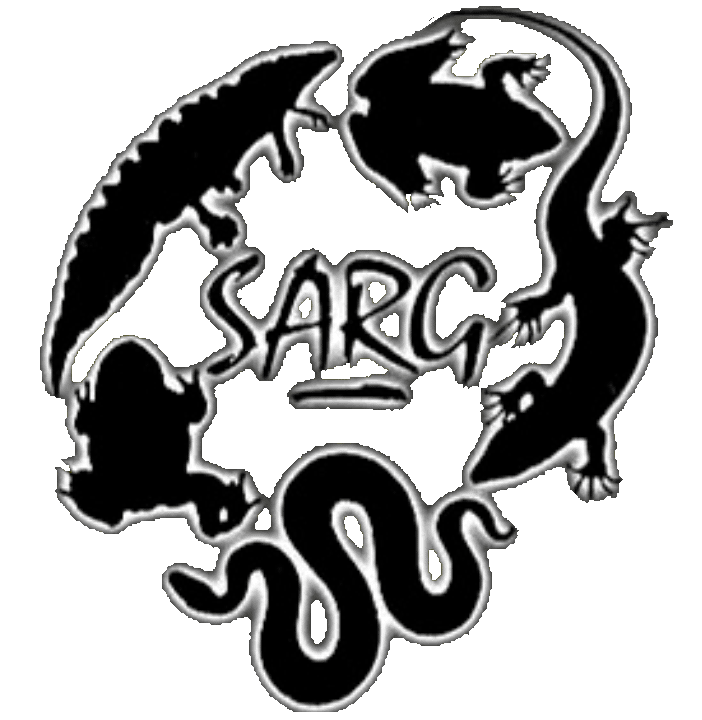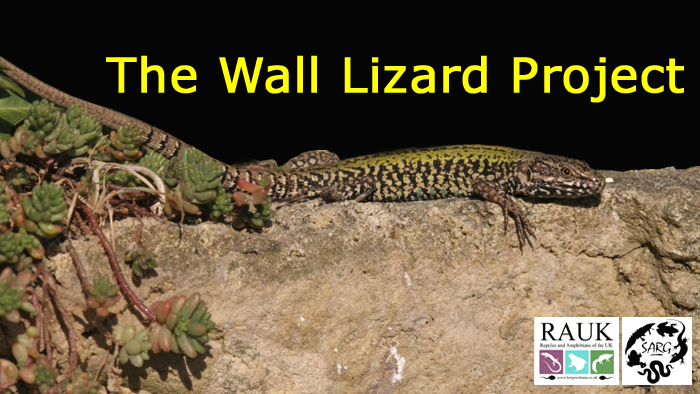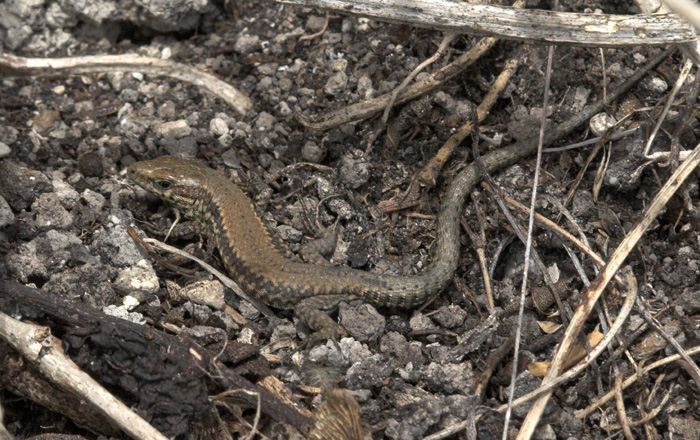Ventnor
|

|

|
|
Closest Town: |
VENTNOR (0.6 km) |
Introduction date: |
circa early 1920s |
|
|
Site Name: |
Ventnor |
Source of introduction: |
Unknown |
|
|
Site Access: |
Public |
Colony Status: |
Extant |
|
|
Relative population estimate: |
7,726 |
Extirpation date: |
N/a |
|
| History: A local borough council public information board within the La Falaise car park states that the original introduction of Wall lizards at Ventnor was in 1841 by a Dr. Martin, a local resident. There is no known verification for this claim, although the date correlates with a known introduction of Western green lizards (Bilineata viridis) at St Lawrence a short distance to the West. Interviews with elderly Ventnorians, who have lived their life in and around Ventnor, confirm the existance of lizards, which are very probably wall lizards in the 1930s. At this time, the colony was believed to be centred upon the walls along Esplanade Road, and had already established a stronghold. Personal witness statements concerning the existance of lizards earlier than this date are difficult to obtain, due to the low numbers of people of sufficient age, although it may be possible to obtain second-hand testimony.One popular local story to explain the presence of Wall lizards in Ventnor, is that an foreign ship, possibly Italian, wrecked on the coast at Ventnor. The lizards, which had been stowed along with the cargo, escaped to the shore and have remained ever since.The first known reliable published record of the Island colony was reported by Frazer in 1960, where he reports that the colony was believed to be no more than two years in age.In 1977, Lever writes: Two flourishing colonies of Wall lizards (spp unknown) were discovered in 1962 on the Isle of Wight: one of these, which was originally introduced to a walled garden near Ventnor, continues to survive, and has spread outside of the garden to an area behind the La Falaise Car Park.A recent deliberate introduction of the lizards into the Ventnor Botanic Gardens has increased their range to the west of the Town, and there are reports of the colony spreading as far east as Wheeler's Bay. All indications to date suggest that the extent of this colony will remain self-contained within the urban sprawl of the extended town limits.The Ventnor colony is probably the largest (in terms of number of animals, and area) and oldest UK colony of the Common wall lizard. |
||||
| Ecological impact: For the most part, this colony occupies an ecological niche within the town environment. At its fringes, the colony encroaches on habitat used by Common lizards, although there is no quantitative evidence to suggest that this interaction is harmful to |
||||
|
Habitat: Mixture of sea cliffs, heavily scrubbed, residential gardens and walls, landscaped terrace walls along cliffs. The botanical gardens, which have now been colonised by deliberate introduction comprise a wide variety of vegetation types and structures.  Habitat at Ventnor
 Habitat at Ventnor
|
||||
|
Morphology: Both green and brown forms can be observed, however some morphs may be the result of natural selection in this old colony. The overall morphology is not consistent with Northwest European animals, and strongly suggests that this is an introduced colon  Morph at Ventnor
 Morph at Ventnor
|
||||
|
Location: |
||||